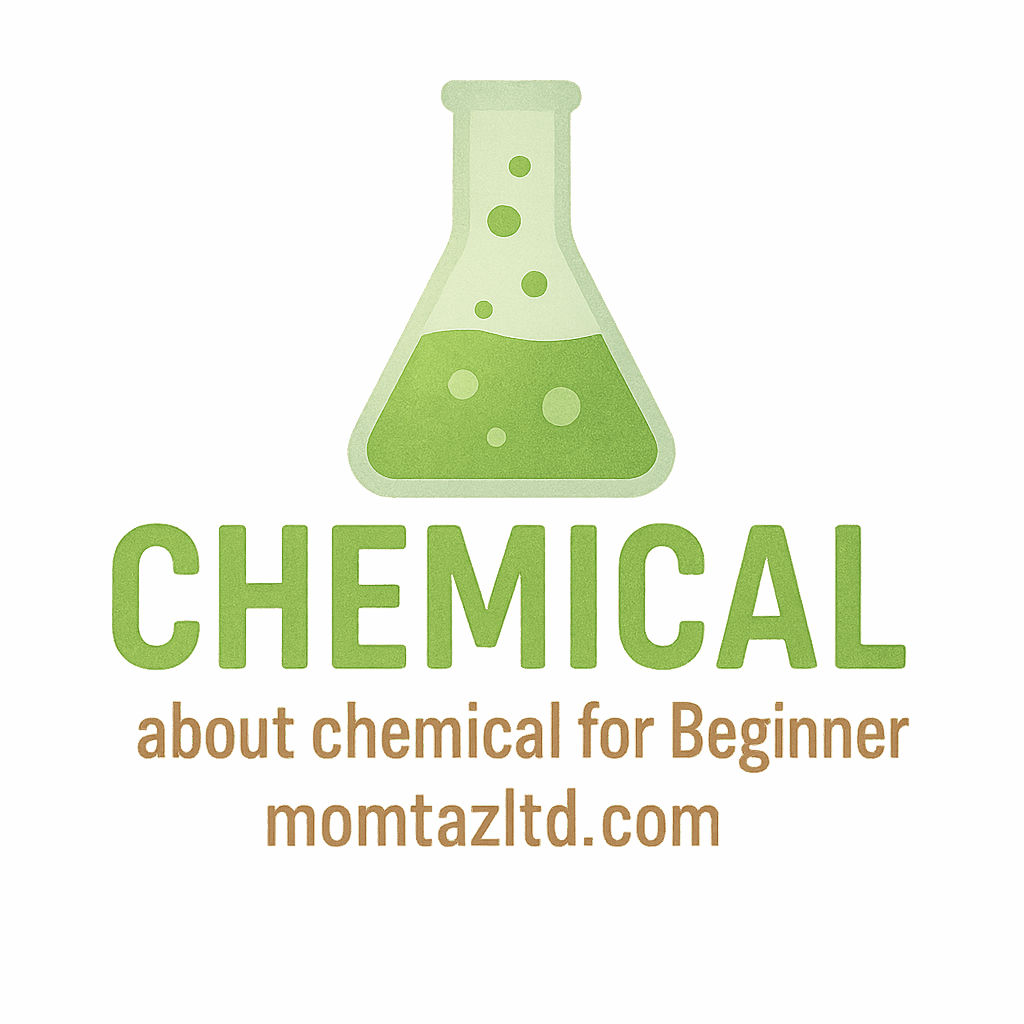Introduction: Why Vinegar is a Beginner-Friendly Chemical
If you’re just dipping your toes into the world of chemistry, vinegar is the perfect place to start. It’s safe, affordable, and you probably already have a bottle sitting in your kitchen. This everyday liquid holds more power than you might think—it can fizz, dissolve, clean, and even fuel tiny rockets. Cool, right?
In this article, we’ll dive into 10 beginner projects using vinegar in chemical experiments, all designed to teach you basic chemistry concepts without the need for a fancy laboratory. Whether you’re a student, a hobbyist, or a curious parent looking for fun science activities, vinegar can be your go-to tool.
Understanding the Basics of Vinegar in Chemistry
What Exactly is Vinegar?
Vinegar is essentially acetic acid mixed with water, usually around 5%. That small amount of acid gives it the ability to react with bases, dissolve minerals, and interact with metals.
You can learn more about vinegar’s properties in chemical basics and how simple acids play a huge role in chemistry.
Why Vinegar Works as a Chemical for Experiments
Because it’s mildly acidic, vinegar is safe enough for beginners while still strong enough to demonstrate real chemical reactions. From fizzing volcanoes to dissolving eggshells, vinegar proves how everyday items can become exciting tools for learning.
Safety Tips Before Starting Vinegar Projects
Before you jump into these experiments, let’s talk safety. Even though vinegar is safe, it’s still a chemical.
Simple Lab Safety Rules for Beginners
- Always wear gloves when mixing vinegar with strong bases or salts.
- Protect your eyes with safety goggles.
- Conduct experiments in a ventilated area.
For more safety practices, check out resources on chemical safety.
Storing Vinegar and Other Chemicals Properly
Keep vinegar in a sealed bottle and away from direct sunlight. When paired with other household chemicals, make sure they’re stored separately to prevent accidental spills or reactions. Learn more in chemical storage tips.
Project 1: The Classic Baking Soda and Vinegar Volcano
This is probably the most famous vinegar experiment of all time.
Materials Needed
- Vinegar
- Baking soda
- Food coloring (optional)
- A container or volcano model
Step-by-Step Instructions
- Place baking soda in the container.
- Add a few drops of food coloring.
- Pour vinegar on top and watch the fizzing eruption!
What You’ll Learn from This Project
This shows an acid-base reaction, releasing carbon dioxide gas. It’s an excellent introduction to chemical reactions.
Project 2: Vinegar and Eggshell Dissolving Experiment
Place a raw egg in a cup of vinegar and let it sit for 24–48 hours. The eggshell will dissolve, leaving behind a bouncy, rubber-like egg.
This experiment teaches you about how acids break down calcium carbonate, a concept you’ll encounter in beginner chemistry.
Project 3: Make a Homemade pH Indicator with Vinegar
Using red cabbage juice, you can see how vinegar affects pH levels.
- Mix cabbage juice with vinegar and watch it turn pink, proving vinegar is acidic.
- Try testing other liquids for comparison.
This is a hands-on way to practice with lab experiments.
Project 4: Cleaning Coins with Vinegar and Salt
Got dull coins lying around? Mix vinegar and salt, then dip coins inside. The acid dissolves the oxide layer, making coins shiny again.
This is an example of household chemical reactions that also apply in industrial chemicals cleaning processes.
Project 5: DIY Invisible Ink with Vinegar
Write a message with vinegar using a cotton swab. Once dry, heat the paper gently with an iron or light bulb. The writing will darken and become visible.
This experiment shows how organic acids can alter paper fibers—a fun crossover of chemistry and home tips.

Project 6: Vinegar Balloon Inflation
Fill a balloon with baking soda, attach it to a bottle filled with vinegar, and let the reaction inflate the balloon.
It’s a simple way to demonstrate gas expansion and connects to industrial learning.
Project 7: Vinegar and Milk Plastic Project
When vinegar is added to warm milk, it causes curdling. Strain the mixture, and you’ll get casein plastic—an early form of biodegradable plastic.
This experiment shows the link between chemistry inspiration and real-world applications.
Project 8: Rust Removal with Vinegar
Soak rusty nails or tools in vinegar overnight. The acid dissolves rust, making the metal clean again.
This experiment helps beginners understand the corrosion process studied by chemical scientists.
Project 9: Vinegar Crystal Growing
Mix vinegar with salt or baking soda until saturated, then let it evaporate. You’ll see crystals form as the water disappears.
This hands-on activity belongs in practice chemistry for kids and hobbyists.
Project 10: Vinegar-Powered Bottle Rocket
Pour vinegar into a small bottle, add baking soda wrapped in tissue, then quickly seal with a cork. The gas builds up and launches the rocket!
It’s a fun way to see chemical reactions in motion—perfect for lab experiments.
The Role of Vinegar in Beginner Chemistry Learning
Vinegar isn’t just a kitchen item—it’s a gateway to understanding acids, bases, gases, and everyday science. It appears in countless learn chemical projects for beginners.
Practical Applications of Vinegar Beyond Experiments
Household Uses
- Cleaning glass and surfaces
- Removing odors
- Acting as a food preservative
For more, check household chemicals.
Industrial Uses
Vinegar also plays roles in industrial chemicals applications such as cleaning, pickling, and food production.
Conclusion: Starting Your Chemical Journey with Vinegar
Vinegar proves that you don’t need a fancy lab to explore chemistry. With just a bottle of this common liquid, you can dive into safe, fun, and educational experiments that reveal the magic of science. From volcanoes to rockets, vinegar makes learning chemistry exciting and approachable.
So grab a bottle, roll up your sleeves, and start experimenting—because the best way to learn chemistry is by doing it.
FAQs
Q1: Is vinegar safe for kids to use in experiments?
Yes, vinegar is safe under adult supervision. Always follow basic safety rules.
Q2: What type of vinegar works best for these projects?
White distilled vinegar is the most effective for experiments.
Q3: Can I reuse vinegar after an experiment?
No, once used in a reaction, vinegar should be discarded safely.
Q4: Why does vinegar react so strongly with baking soda?
It’s an acid-base reaction producing carbon dioxide gas.
Q5: How long does the egg-in-vinegar experiment take?
It usually takes 24–48 hours for the shell to dissolve.
Q6: Can vinegar damage metal?
Yes, long exposure can cause corrosion. Always rinse after use.
Q7: Where can I learn more about beginner chemistry?
You can explore resources at Momtaz Ltd and related tags like beginner chemistry.


